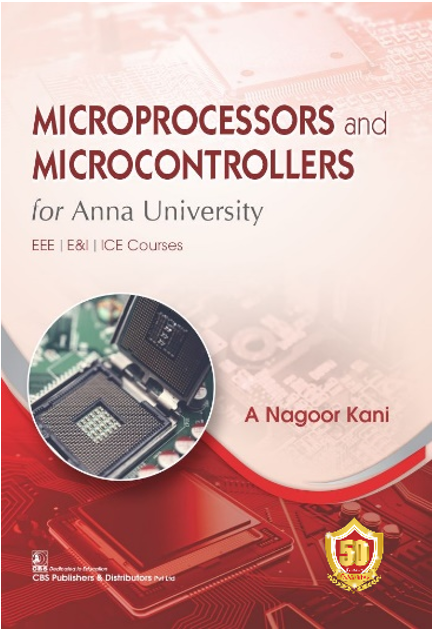Microprocessors And Microcontrollers For Anna University Eee/E&I/Ice Courses (Pb 2023)
Availability :
In Stock
₹ 420.75
M.R.P.:₹ 495
You
Save: ₹74.25 (15.00% OFF)
(Inclusive
of all taxes)
Delivery:
₹ 0.00 Delivery charge
Author:
Kani A N
Publisher:
cbs
Edition:
1st
ISBN-13:
9789354661563
Publishing Year:
2023
No. of Pages:
464
Language:
English
Book Binding:
Paperback











